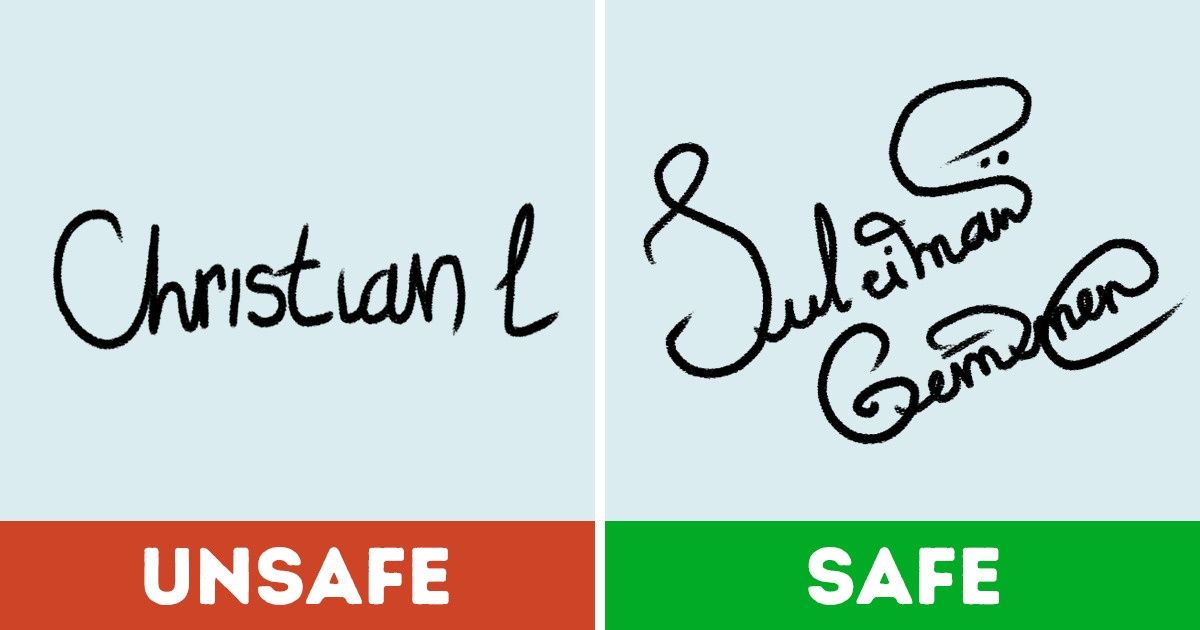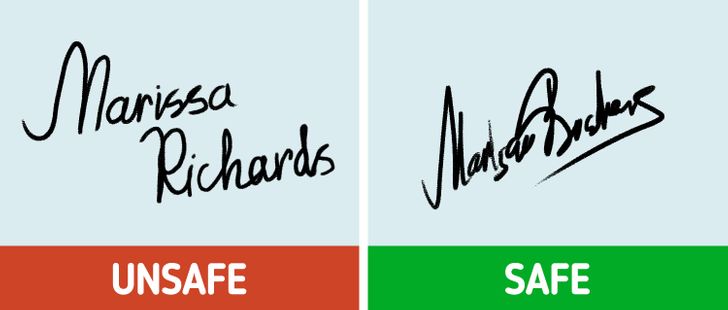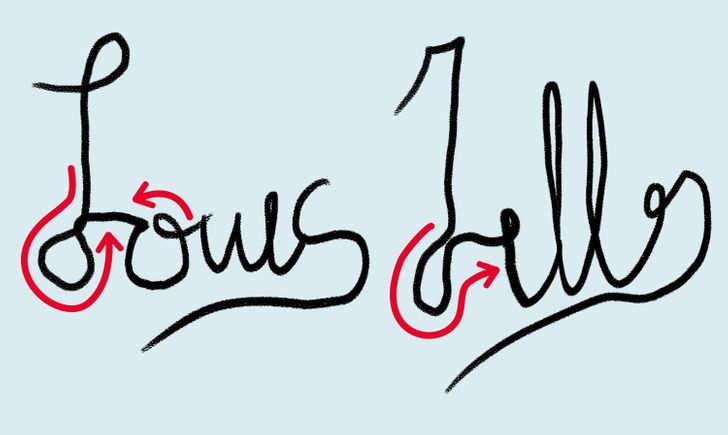How to Create a Safe Signature: 5 Tips

According to some people, your signature is a unique way of expressing the way you want others to see you. On the other hand, it’s also a way of verifying your identity, and as such, it has to be unforgettable. After all, even in our digital age, many transactions, especially financial ones, still require a handwritten signature. 5-Minute Crafts put together 5 tips for you to create a signature that is safe according to forensic document examiners. While it may be hard to combine all the techniques, you might want to consider all the options laid out below.
1. Make sure you can sign fast and fluidly.

When signing, you should avoid writing slowly, like when writing text. Graphologists often recommend signing in cursive, which is consistent with the advice given by this study, proving that cursive writing is faster than manuscript writing.
2. Try to be consistent when you sign.

You don’t need to make a carbon copy every time you sign, however, it’s advised to sign in a similar way every time you use a signature. That’s because, if your signature varies a lot, a wider range of writing styles will match with it. Still, experts advise having 2 different signatures: one for correspondence and one for financial documents.
3. Make sure your signature is complex enough.

A simple signature, as opposed to a complex one, is basically one that doesn’t contain enough changes in direction (see point 5). But there are other things you can do to make your signature more complex, like underlining, for example. The more individual your writing style becomes, the more difficult it is to imitate. Complex signatures require more skills to be forged, so they’re safer.
4. Make your signature illegible.

5. Use abnormal line directions.

Abnormal line directions mean moving your pen in a different way than what you’d normally do. Same goes for changes in the pen’s direction, as we mentioned earlier. Think of the letter “o” for example. If instead of just writing it normally you write it counterclockwise, your signature would be harder to forge.